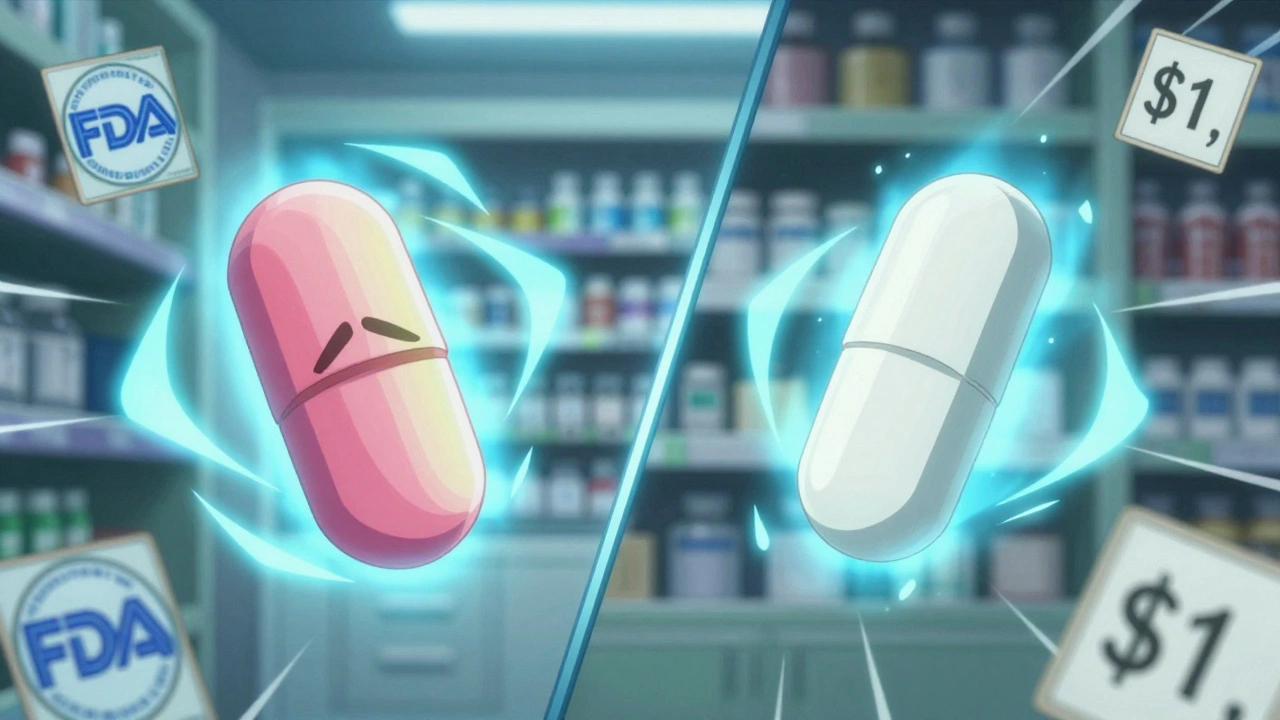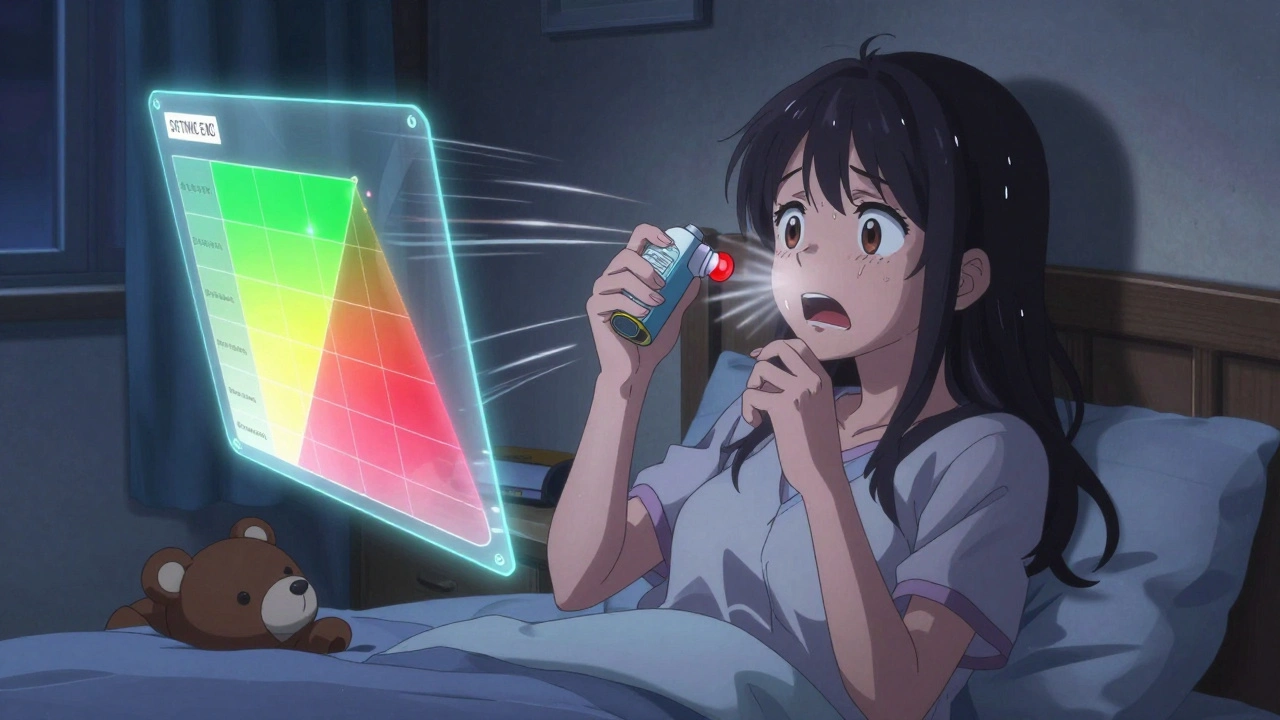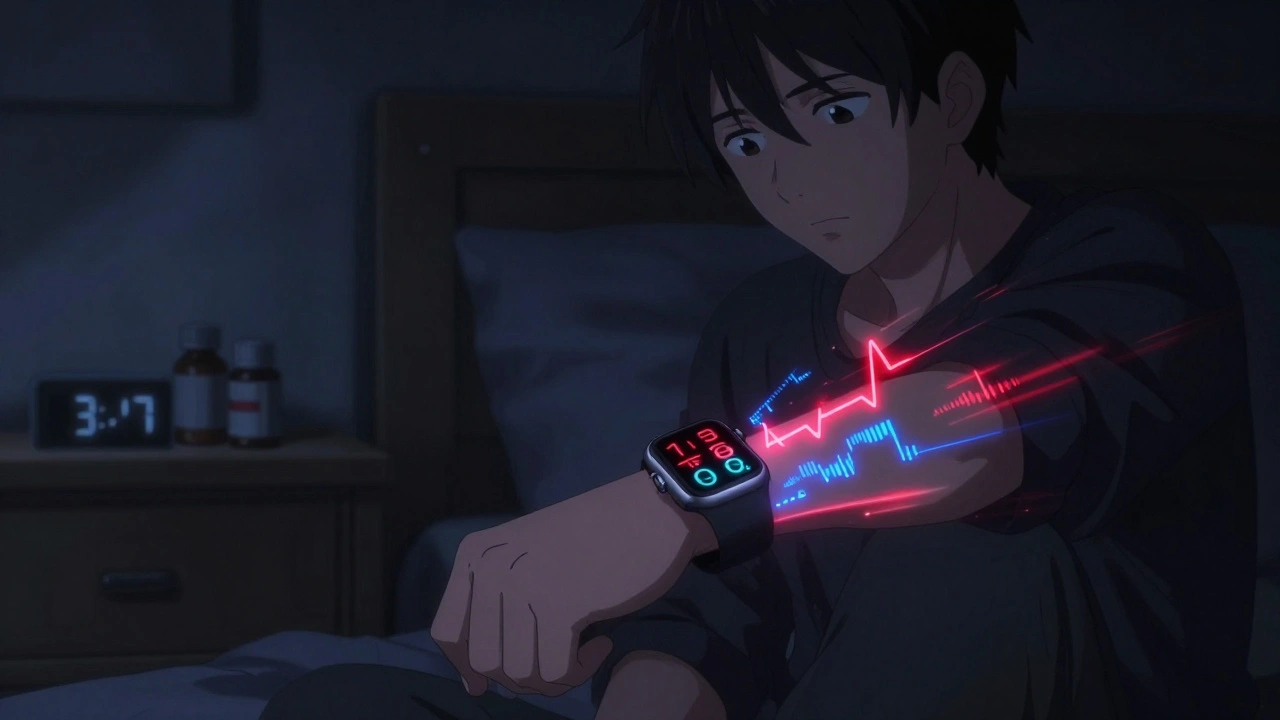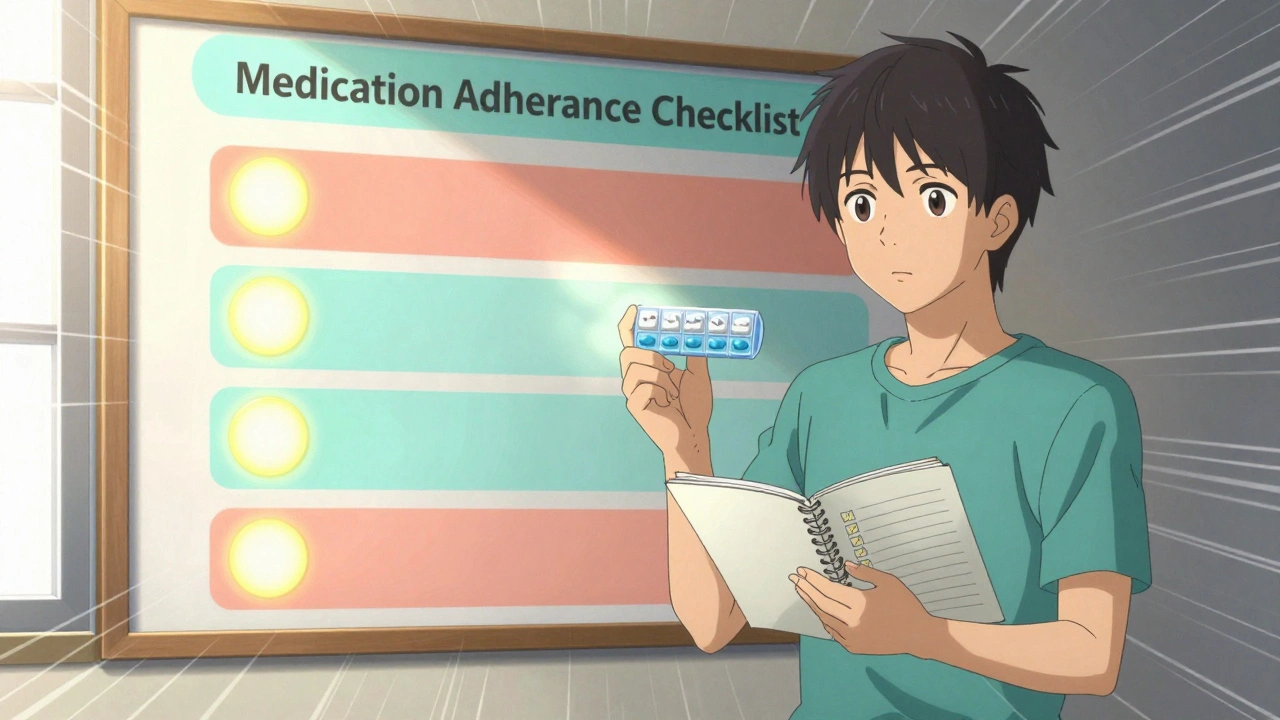Alfacalcidol: What it is and why it matters
Alfacalcidol is a form of active vitamin D used when the body can't make enough on its own. Doctors prescribe it for low calcium levels, certain bone problems, and cases where kidney disease or other issues stop normal vitamin D activation. It’s not the same as over-the-counter vitamin D3 — alfacalcidol acts faster because the body only needs to convert it in the liver into the fully active form.
How it helps
Alfacalcidol raises blood calcium by helping your gut absorb calcium and by affecting bone cells. That makes it useful for: hypoparathyroidism (low parathyroid function), renal bone disease from chronic kidney disease, and some rare rickets types. If you have brittle bones or persistent low calcium despite supplements, your doctor might suggest alfacalcidol instead of plain vitamin D.
Most people take alfacalcidol by mouth as a small daily dose. The exact amount varies a lot by condition and by patient — a doctor tailors the dose. Don’t change the dose yourself. Even small increases can push calcium too high, which causes real problems.
Safety tips & monitoring
Alfacalcidol works well but needs simple checks. Your clinician will usually order regular blood tests for calcium and phosphate, sometimes kidney function, and will watch for symptoms of high calcium. Signs to watch for at home include nausea, vomiting, confusion, increased thirst, frequent urination, constipation, and muscle weakness. If any of those happen, contact your provider.
Watch out for drug interactions. Thiazide diuretics can raise blood calcium when used with alfacalcidol. Some heart drugs like digoxin may need closer monitoring. Also mention any calcium supplements, antacids, or other vitamin D products you take so your prescriber can avoid doubling up.
Pregnancy and breastfeeding need a chat with your doctor — treatment decisions change based on risks and benefits. If you have severe kidney failure, your care team will adjust tests and dosing more often.
Store alfacalcidol as the label says — usually at room temperature away from light and moisture. Keep it out of reach of children; tiny doses can cause big changes in a child’s calcium.
Short practical checklist: follow your prescribed dose, attend follow-up blood tests, report symptoms of high calcium, tell every prescriber you’re taking it, and avoid adding over-the-counter vitamin D without approval. That keeps treatment effective and safe.
If you want to know how alfacalcidol compares to other vitamin D options for your condition, ask your doctor or pharmacist. They can explain why it might be a better fit for you and what monitoring schedule makes sense.
The Impact of Alfacalcidol on Muscle Strength and Function
In a recent study, I came across the significant impact of Alfacalcidol on muscle strength and function. Alfacalcidol, a type of vitamin D, has shown to improve muscle strength in elderly individuals and those with vitamin D deficiency. This improvement in muscle function can lead to better mobility, balance, and overall quality of life. Furthermore, adequate levels of Alfacalcidol can help prevent falls and fractures in older adults, making it an essential component of maintaining bone health. It's exciting to see how such a simple supplement can have such a profound effect on our wellbeing!






